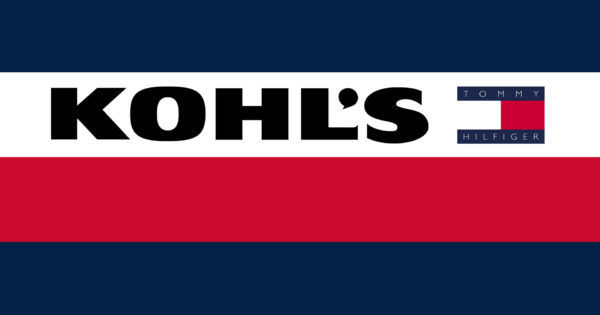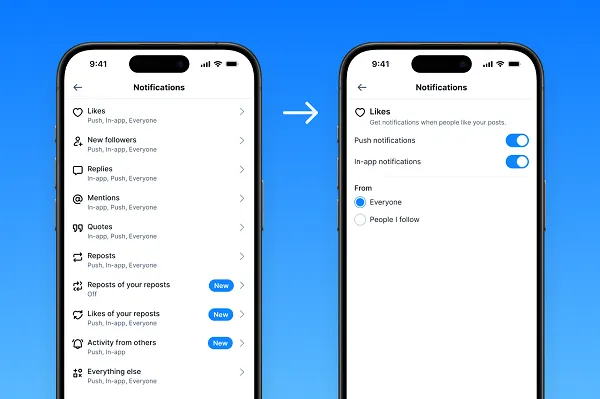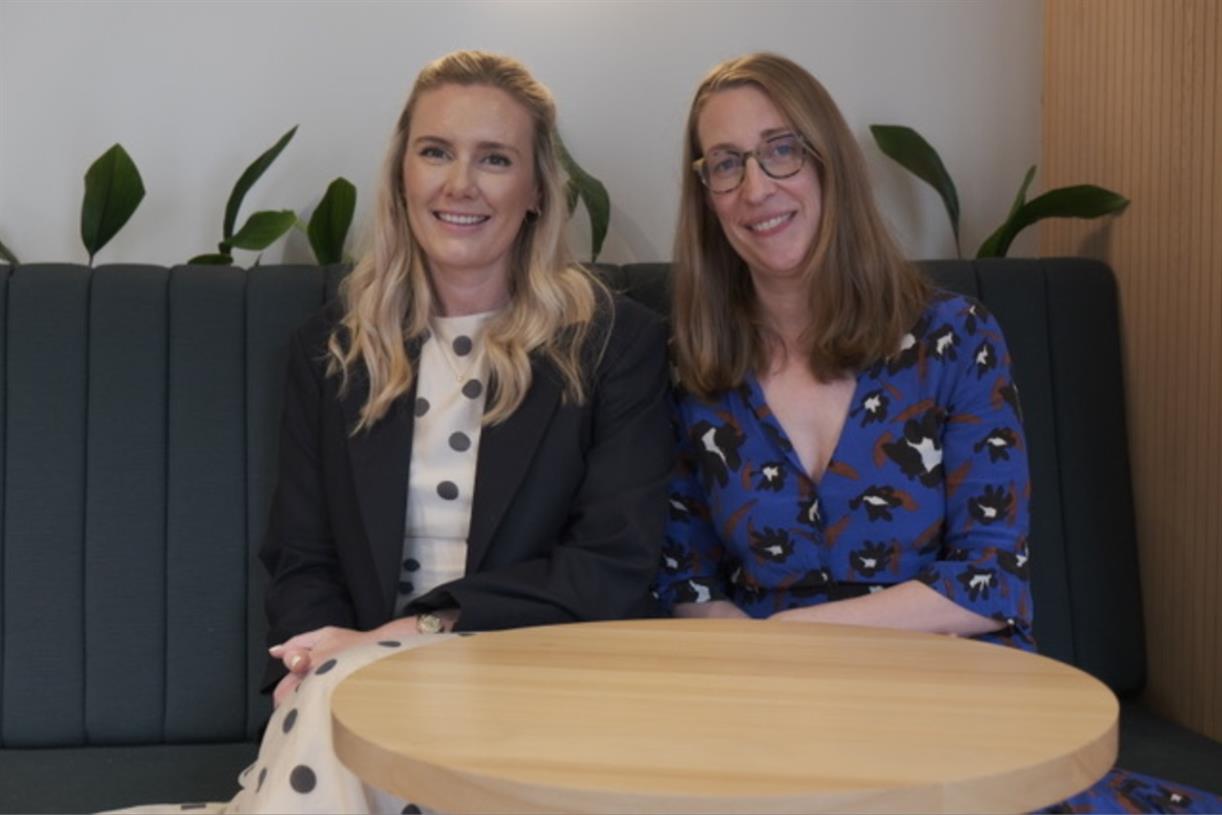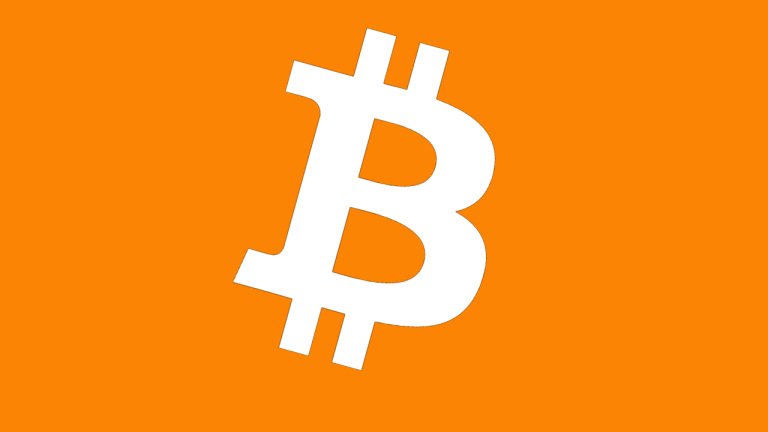YouTube data and partner sites need more scrutiny, MRC says
Industry quality arbiter seeks audits of YouTube viewer counts and platform partners beyond Google.

YouTube’s plan to trade on its own co-viewing data starting in January, along with recent reports alleging the video giant misdirects advertiser money to low-quality partner sites on the open web, is prompting the Media Rating Council to want a closer look at the Google platform.
The MRC wants to audit YouTube’s first-party data on how many people are watching its videos on the big screen, as well as step up audits of how Google Video Partners and other platform’s extended partner networks perform in the wake of recent news, said MRC CEO George Ivie.
As of last week, Ivie said YouTube had not yet agreed to an MRC audit of its first-party, survey-based measurement of connected TV co-viewing. But a spokeswoman for the Google platform said later in a statement, “We are committed to working with both third parties and the MRC on accrediting their solutions as well as our first-party metrics, including co-viewing.”
YouTube has told agencies and advertisers that as of January it will begin trading its Select inventory on its own co-viewing data while still allowing the option for audience guarantees via Nielsen Digital Ad Ratings and allowing other third-party measurement sources such as Comscore. Previously, YouTube presented its first-party data only for planning purposes, not currency.
Fallout from Adalytics report
The MRC’s moves come after it faced criticism of its own and heard extensive agency and advertiser concern about a report last month by research firm Adalytics. That report alleged that money advertisers thought was running in premium quality YouTube TrueView video may have actually run “outstream” in the corners of pages on auto-play with the sound off. YouTube has denied that and said the Adalytics methodology was flawed.
Ivie said an MRC review prompted by the report indicates that, in the two Google products the group audits, no more than 4% to 9% of impressions may have run on GVP sites, and of that, only about 1% was on low-quality “outstream” formats.
Also read: YouTube kids' ad placement issue raises brand doubts
The MRC doesn’t currently audit what happens with GVP outstream video, because it’s not associated with the player and YouTube software development kit where Google and third-party services are accredited to measure, Ivie said. But he’d like to expand MRC coverage to that area.
“It’s not an environment that we’ve been able to audit for impression counting, viewability, filtration, etc.,” Ivie said. “That’s a big group of partners.”
He added: “What Adalytics did was a pretty good thing. They pointed out this sort of less-policed, longer-tail aspect of the Google Video Partner network.”
The report “caused us to look introspectively” since it suggested advertisers are buying in-stream ads and getting out-stream. “That’s kind of like in TV terminology seeking to buy primetime but they snuck my ad in at 2 a.m.”
Adalytics allegations appear overstated
The MRC’s own review suggests that Adalytics’ allegations, that as much as 73% of some brands’ impressions were delivered on GVP sites in formats that didn’t adhere to TrueView standards, were overstated.
MRC auditors are still looking into the issue, Ivie said. But they’re working in a different direction than Adalytics, starting with the buy and following where it goes, rather than Adalytics, which found ads running on outstream sites and worked backward to identify the campaigns they were part of.
“What we know is that the risk is very low, and maybe even Google is already onto that and making refunds,” Ivie said. But given that “Google is huge,” even relatively small problems can add up to a lot of money, he said.
Google has acknowledged making refunds in the $1,000 range to advertisers, while continuing to criticize the Adalytics report as “flawed” and doing its own work with DoubleVerify, Integral Ad Science and Pixability to refute it.
Related: Advertisers aren’t moving to streaming TV quickly
Need for auditing platform partners
“One thing I don’t want to lose sight of is that Adalytics pointed out some things that have merit,” Ivie said. “Number one, all of GVP should be audited. And we weren’t asked to audit all of GVP. Being able to set up a campaign easily so that you can opt out of GVP, that needs to be fixed and strengthened.”
Initial advertiser reaction to the Adalytics report was intense, Ivie said, “so we had to take a very hard look at this. What we’re getting now from advertisers is not the same kind of panic,” he said, but concern about whether the MRC is auditing enough things.
“The discussion has evolved into a broader look at audit scopes, not just with Google, but also Meta, Amazon, Walmart, Snapchat, Pinterest and LinkedIn, looking at how much does the MRC audit, how much is it holding out, do we audit extended partner networks [such as GVP] and all the different environments? Do we audit hard enough? We’re even hearing that from [the Association of National Advertisers]. So I think that’s something very constructive. But it’s hard to make the platforms agree to that. Very hard.”
Reaching out to critic
The MRC also has talked recently with a frequent critic of the group’s work and of digital industry ad verification broadly, Augustine Fou, who heads FouAnalytics and believes other measurement and fraud detection firms miss most of the problems in digital media.
Fou has been running his own test of the Adalytics TrueView work and so far found it valid. He said Google measurement partners DoubleVerify and Integral Ad Science aren’t really in a position to track where and how YouTube buys get executed across GVP sites because they’re simply doing calculations on data provided by YouTube via its Ads Data Hub clean room. Those verification players don’t tag YouTube ads, because YouTube doesn’t allow such tags, he said.
FouAnalytics uses JavaScript tags to track where and how ads run on the open web, though it, too, can’t place those tags in YouTube inventory. While he’s offered to let the MRC use FouAnalytics tags for free as part of its audits, the MRC has not yet agreed to do so, a spokesman said.
YouTube’s latest first-party foray
YouTube’s latest foray into self-measurement, its co-viewing data, also has elicited skepticism.
The exact role and method of YouTube’s survey data in the process isn’t fully clear, but Dave Morgan, CEO of cross-channel TV advertising platform Simulmedia, said survey data for audience measurement has a long history of being “a bad idea” since what people say about their viewing often differs from what they actually do. The history of big digital platforms grading their own homework with first-party data is equally troublesome, he said.
“I’m a huge fan of YouTube,” Morgan said. “I’m very much in favor of YouTube not being de-categorized from TV just because they have a lot of short-form stuff that some people may not call premium. But what I know from the past 15 years is that when large digital platforms have chosen to do things on their own in opaque black boxes, they have tended to do things that are good for them. And when they’re not accurate, for some reason, the error is always good for them.”
For that reason, he said, MRC audits of Google’s first-party data are crucial, and third-party involvement would be better.
Should YouTube’s data shape Nielsen’s?
Some people familiar with the matter said Nielsen and YouTube first-party co-viewing data may not be that far apart, because Nielsen already considers YouTube first-party data in calibrating its own measurement. Nielsen has declined to comment on exactly how it measures Nielsen co-viewing but indicated it doesn’t use YouTube’s measurement as its own.
A Google executive pointed out that there’s currently no accredited metric in the marketplace for CTV co-viewing and that third-party firms determine their own approach based on their own panels and proprietary models.
But the MRC’s Ivie believes Nielsen does and should use YouTube’s first-party data to compare with and calibrate its own measurement.
“It's my understanding that they do use some YouTube experience data” to model their own co-viewing estimates, Ivie said. “We would make them do that. If Nielsen or VideoAmp or any one of these services came to us and said they’ve designed a co-viewing estimate to apply to YouTube but didn’t use the YouTube data, we would say that’s a bunch of hogwash. You have to train the YouTube model using YouTube’s data, because the facts and circumstances of how people view YouTube may be different from Hulu, Peacock or Amazon.”
Even so, he still wants to audit how YouTube gathers, analyzes and reports its own data in the first place.

 JaneWalter
JaneWalter 































